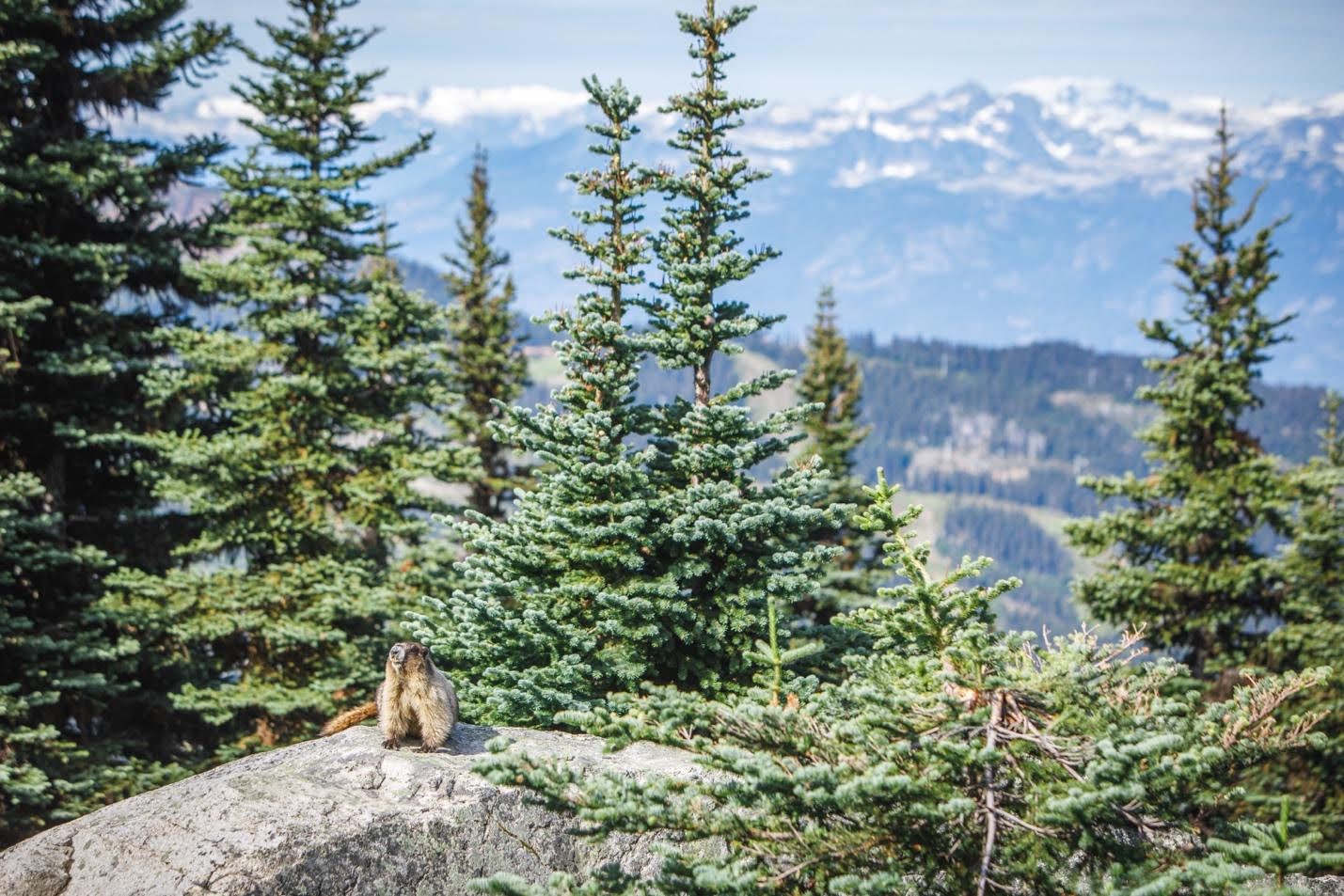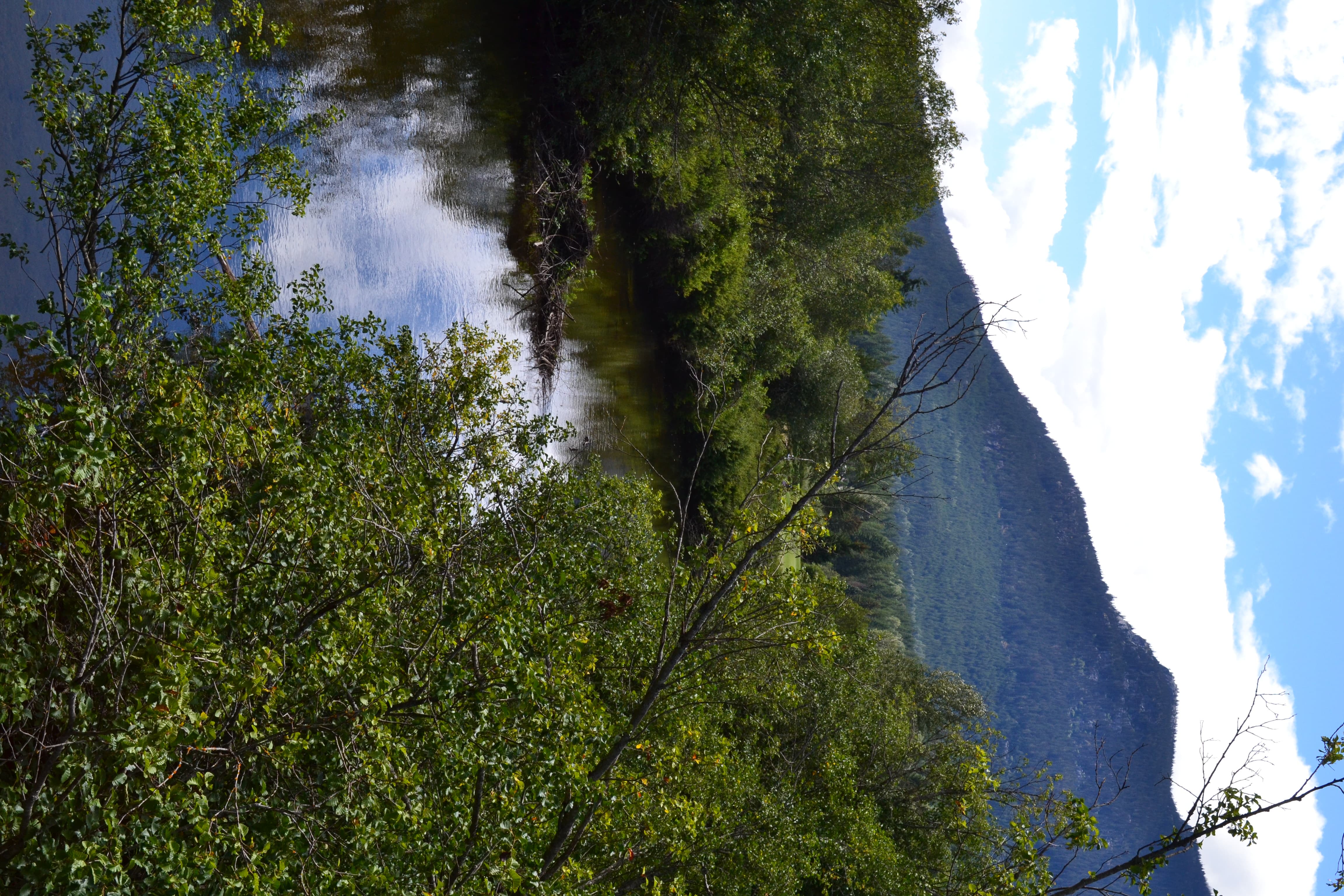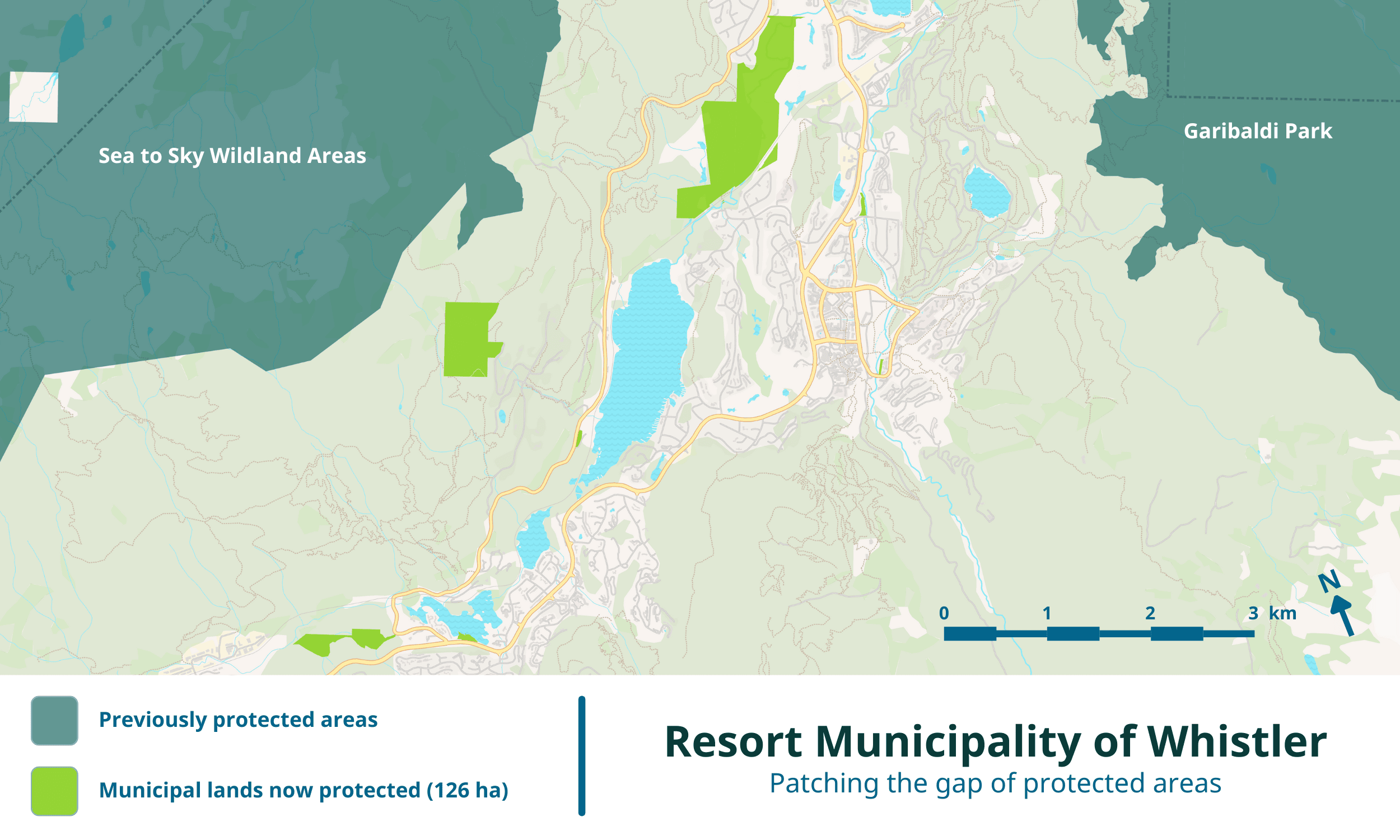Whistler, British Columbia

Takeaways
Whistler demonstrates that even small, carefully zoned conservation areas can play a pivotal role in larger landscape connectivity. With a unique conservation zoning approach, the Resort Municipality contributes to safeguarding species at risk and bridging vital ecological corridors between more expansive protected areas. This shows that local governments, regardless of size, can be key players in regional conservation efforts.
 Emerald Forest in Whistler ©BC Nature
Emerald Forest in Whistler ©BC Nature
126 Hectares Protected
The Resort Municipality of Whistler (RMOW) is a leading municipality in BC to contribute towards Canada’s goal of protecting 30% of land and water by 2030. RMOW’s early involvement in the Municipal Protected Areas Program showcases its commitment to ecological conservation.
For this project, RMOW and BC Nature partnered on the review of the natural and protected areas owned by RMOW to identify areas that meet the federal criteria for protected status and subsequently register nine eligible areas on the Canadian Protected and Conserved Areas Database (CPCAD). A total of 126 hectares have been recognized. The review also identified RMOW natural areas that with modifications to their current protective or management measures could in the future be eligible to be registered in CPCAD.
A key conservation attribute of the RMOW is that the municipality has a distinct land zoning category for conservation purposes in their Official Community Plan. This demonstrates a proactive planning approach by the municipality that is aligned with federal criteria for protected conservation areas and can provide a helpful approach for other local governments wanting to do similar work.
Notably, RMOW staff will also be utilizing the MPAP to help inform and validate their approach in the development of a priority habitat management plan which highlights an important benefit of MPAP of validating municipal conservation policies and approaches.
The Whistler Naturalists, a local BC Nature federated club, were engaged in this project by RMOW and BC Nature. Whistler Naturalists contributed invaluable ecological insights and monitoring data for the assessed areas which showcased their biodiversity importance and confirmed the eligibility of these areas for registration in CPCAD. This approach of collaborating with a local community naturalist group demonstrates the power of local expertise in assessing and preserving natural habitats.
Methodologically, the project used a review process that combined federal criteria with local insights and data. This approach identified which areas currently meet established standards and those that necessitate further conservation efforts. Overall, the project exemplifies a synergistic blend of governmental initiative, community engagement, and scientific review, setting a commendable precedent for sustainable municipal management practices.
 Whistler Protected Area ©BC Nature
Whistler Protected Area ©BC Nature
Biodiversity and Ecosystem
The majority of RMOW’s areas that were submitted to the Canadian database of protected areas (CPCAD) were wetlands and upland forests. The wetlands provide habitat for active beaver colonies and various bird species, including bald eagles, ospreys, and grackles. The areas contain old-growth stands and closed-canopy forests dominated by Douglas-fir, western hemlock and western redcedar.
Whistler boasts a rich amount of biodiversity, with over 5,000 species identified by the Whistler Naturalists and the Whistler Biodiversity Project to date, including 132 species at risk. Many of the protected areas are connected, allowing movement for species to be supported by the diverse range of ecosystem types.
 Resort Municipality of Whistler, Patching the gap of protected areas
Resort Municipality of Whistler, Patching the gap of protected areas